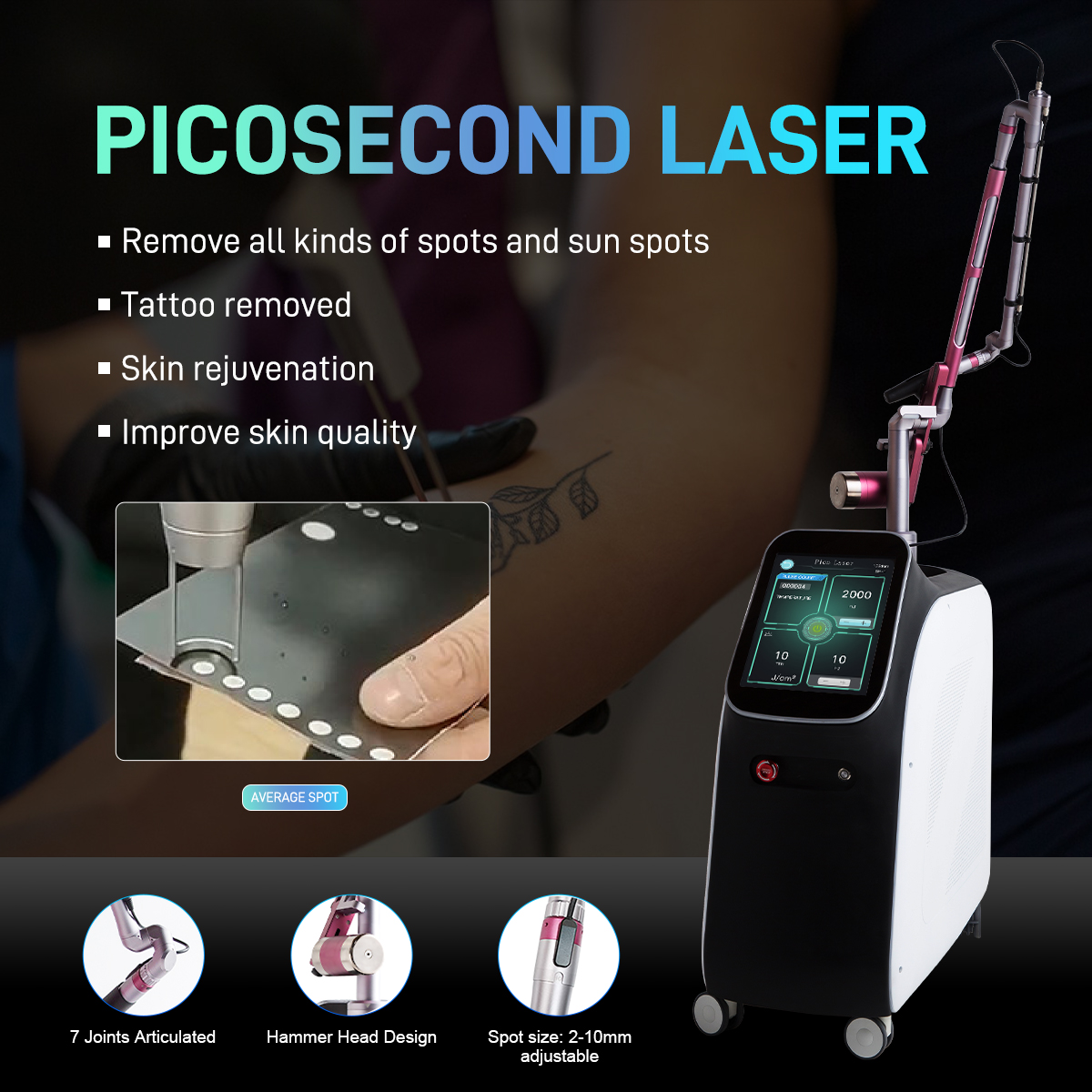Pico lasers are not new; they were first used by ophthalmologists many years ago. However, in 2015, the first generation of pico lasers came out, and that was called the Picture. What are pico lasers? Pico lasers are special lasers because they use ultra-short pulse durations. In other words, they deliver a lot of energy in a very, very small amount of time, and that’s over a picosecond. Generally speaking, it’s over between 300 picoseconds and up to 900 picoseconds. So they’re very, very powerful lasers with huge packets of energy over a short period.
The reason why we want that kind of energy is that we want to shatter or target certain chromophores, which are targets in the skin. Pico lasers are used to treat primarily pigment. Generally speaking, because they treat primarily pigment, certain skin types will have advantages over pico lasers. That’s why I say pico lasers are almost made for ethnic skin compared to someone fairer.
So, it doesn’t mean that if you’re fair, you can’t use pico lasers. If you’re fair and you have certain conditions, for example, enlarged pores, acne scars, wrinkles, or sun damage, you still can use a pico laser, but there are a lot more efficient lasers out there. Things like, for example, fractional CO2 or ablative lasers, as well as non-ablative lasers, for example, Fraxel.
So, pico lasers were the advantage in that they can treat darker skin types efficiently, but most importantly, safely. Safety is of utmost concern because for treating darker skin types, you can get what’s known as post-inflammatory hyperpigmentation or paradoxical darkening because of that procedure. Hence why chemical peels, strong acids, as well as lasers in darker skin types, have to be used with absolute precision and caution.
So where pico lasers come in is the treatment of pigment. So, the pigment we can talk about, for example, age spots or sunspots, we call them lentigos or freckles, and in darker skin types, they can be very, very useful. Generally speaking, you only need between two to four treatments depending on your expectations, your skin type, and the setting. Number one is pigment.
But pigment in darker skin types, if you have lighter skin types, for example, if you’re Caucasian European, the best laser probably in the context of age-related changes would be as simple as a nanolaser. So you don’t have to go for picos. Picos are a bit of an overkill for that. Save your time, effort, and money. Other lasers, in that context, when we talk about pigment due to melasma, which is the hormonal pigment that you may get around the eye area, forehead, or upper lip, is tricky. A pico laser is not the game-changer. Nanolasers, old-fashioned dermal turning lasers, probably give a better outcome and are a lot cheaper compared to Pico.
So, melasma, certainly if it’s resistant, pico lasers may be considered, but go for the old-fashioned q-switch lasers when it comes to pigment due to inflammation. So we’re talking about post-inflammatory hyperpigmentation, for example, acne, burns, scratches, surgical, anything where there’s inflammation or post-inflammatory hyperpigmentation. This is where pico lasers are the absolute game-changer. Pico lasers can treat pigment much more efficiently, both in darker skin types and lighter skin types in that context.
So for acne marks, certainly, that’s the way to go. In the context of acne scarring where there’s a divot, which is called atrophic acne scars, I think if you get the scar early, a pico laser can help. But the flip side is that a lot of other things can help, whether it be microneedling, fractional lasers, chemical peels, skincare, or a whole heap of different stuff that can help. But then I think pico lasers are really good for post-inflammatory pigment.
When it comes to atrophic scarring that’s later, in other words, greater than four to five months after the actual acne itself, I think pico lasers are hopeless. There are a lot of treatments that can give you better outcomes as well as much more cost-effective. Now one thing we haven’t talked about is the cost of pico lasers because the laser device itself is somewhere between five to ten times more expensive than other lasers. They can range from about fifty thousand up to two hundred and sixty thousand US dollars. The reason why a lot of providers try to push everything for Pico is the return on investment. So if a laser costs as much as a house, everyone would try to get their return on investment as quickly as possible. Hence there are so many other different modalities and different methods or different conditions for using pico laser.

